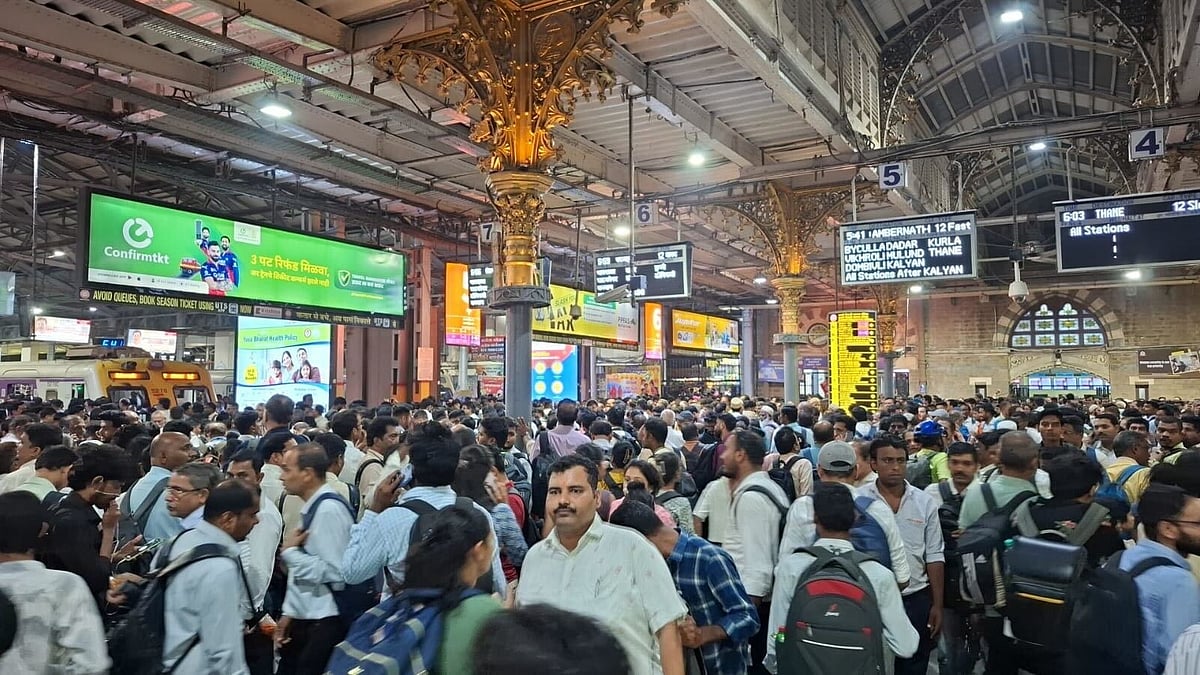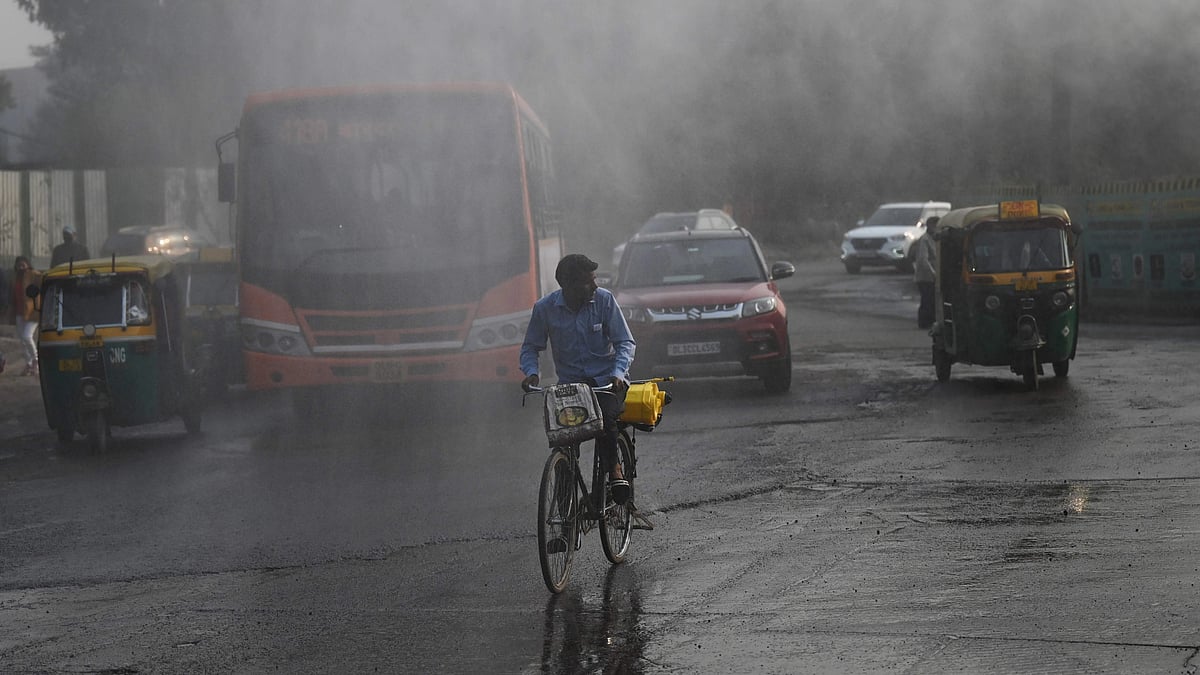Sociologists in the 20th century generally believed that there is a new generation every 20 to 25 years. However, in this new, digital era, the change is happening earlier and swifter. Every 15-odd years, we are seeing a change in the way people live, work and entertain themselves. With every generational change, social mores change. While there are some trends which are just passing fads, many others get embedded in our day-to-day life. Entertainment, for instance, has altered its course rapidly, helped along more by technology than social evolution. The recent pandemic has not only speed up technological impact but also the way we consume media. We are now living in the age of multiple media, on multiple screens.
The last few months have ignited a big debate on whether cinema will retain the large-screen, shared experience in a darkened auditorium or be eventually reduced to home viewing. In my opinion, while cinema theatres will not close down, in the next few years, the theatre box office will be reduced to a minority. What is important to see is whether the kind of films we make will change substantively. Sure, with coming of streaming services (OTTs), there is more diversity of content. What has not changed is the basic core of popular cinema. Also, that certain method in madness in the way films are made and the fickleness of the public is more or less the same.
Fleeting fame
Marquee names change every decade or two, as they have always done. Talented and successful artistes fade away, die or are cruelly cast away by an unforgiving box office. I have seen the biggest stars and filmmakers live and die in obscurity and loneliness, often with little or no income or sometimes, in sheer penury, once the arc lights shine on someone else. A few survive the vagaries of time, nourished by past laurels. Classics are remembered by cineastes and film scholars. Fortunately, now there are fewer stories of lost and fallen stars, thanks to repeat viewing of films on TV. Now, with hundreds of millions film lovers hyperactive on social media, stardom is even more fickle and transient. A film is often dissed before its release and box office figures, reviews and other trivia - some real, some imagined - float around in cyberspace.
A lot of has changed in the last few years. Besides the huge success of popular films, an alternative space for different kinds of cinema has been created. Several filmmakers are making edgy and unconventional films but there is a universal attempt to reach out to the audience. For the first time since the 50s, these off-beat films are taking the mainstream films head on and often winning the race. Earlier it was impossible for such cinema to be watched by large audiences all over. Today, thanks to the changing dynamic of digital connectivity, more and more people are watching cinema on smaller screens.
Dramatic change
Since the past two decades, large media and entertainment companies, led by foreign media giants like Disney, Viacom, Sony, have been the fountainhead of films in India. The rise of the Internet, followed by the mobile revolution changed the game altogether. Rising income and aspirations and changing lifestyles altered the media and entertainment landscape. Digitalisation of cinema, from pre- and post-production to distribution and exhibition, have also contributed to the dramatic change in Indian cinema. Today, you can make a film on your smartphone and commercially release it. Now, there are more filmmakers making films only for the digital space.
Since the coming of video-on-demand and Over-The-Top (OTT) platforms, Bollywood (and other film industries) are witnessing a paradigm shift. Now, we have Amazon, Jio, Netflix, Hotstar, Zee 5, Alt, Apple, Facebook Google et al commissioning films and are the new fanciers of the movie industry. Thousands of new and old members of this large fraternity are getting back into the creative mainstream. There are at least a 1,000 active production companies all over India. There are more trained professionals than ever before and encouragingly, a lot more women in power in Bollywood.
We have seen how in any given year, at least 20 first-timers make a mark and many of them from come from small towns, with no family connection to films. For a change, the big potboilers compete with small, new-age films. A Nawazuddin and a Khan are competing for the same eyeballs and share of wallet, with similar success. There are many young, often first-time filmmakers, who are making path-breaking cinema which is being loved by a substantial audience. Today’s top stars are also a lot more adventurous and are willing often headline alternate cinema.
Big-screen obsession
The obsession with the big screen in an age where 80 per cent of all content is watched on TV and, increasingly, online, is a rather archaic approach. It is estimated that half the world will watch content on hand-held devices by 2025. With a multitude of leisure alternatives, films, including those made by Bollywood, have to compete with texting, social media, gaming, sport, live events, streaming audio and video, adventure, and even travel and dining out. Writing continues to largely remain a weak link and is invariably derivative and mediocre.
We need a more energetic, creative fraternity which is willing to experiment, to innovate and exploit newer platforms. This obsession with the big screen has to end. A few hundred cineastes and critics hung up on the purity of cinema cannot let opportunities drift away. Filmmaking is ultimately about storytelling and an audience. Why should screen-size be a limitation? A new mindset is what is most required in the Indian film industry, particularly Bollywood.
The writer is a filmmaker and media guru.









